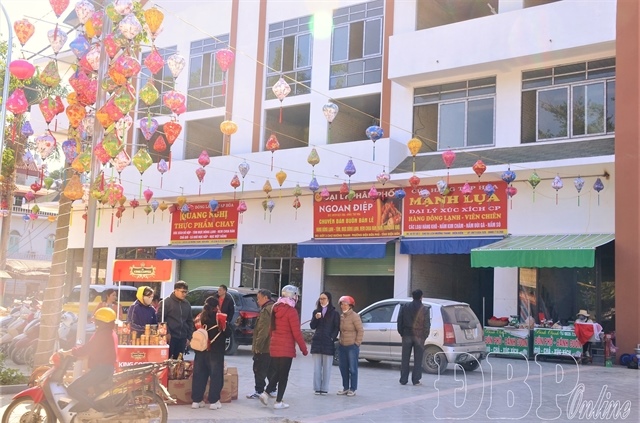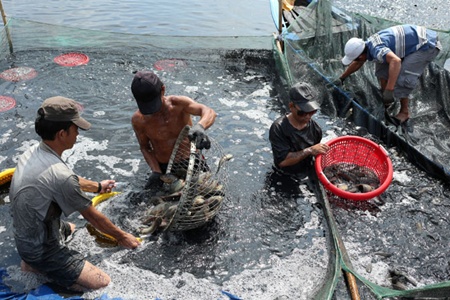Labor market cramped due to Chinese workers
Labor market cramped due to Chinese workers
The increase in Chinese foreign direct investment (FDI) in recent years has cleared the way for Chinese workers to flock to Vietnam, raising worries about the impact on socio-economic development.
A report of the Binh Thuan provincial Department of Labor, War Invalids and Social Affairs released on March 31 affirms that 528 Chinese workers are currently staying at the Vinh Tan 2 thermopower plant site. Of these, only 283 have work permits, while the others are listed as “illegal workers”.
The watchdog agency noted that many Chinese, declared as “specialists” or “engineers” working on construction sites, are, in fact, unskilled workers who undertake only simple jobs.
When asked what the local authorities did to control the high number of Chinese workers, an official said the district authorities of Tuy Phong are only in charge of ensuring security. And while the Binh Thuan provincial labor department can ask Chinese to show their work permits, it does not have the power to deport the Chinese workers.
“All the jobs at the construction sites are taken by Chinese. They get higher wages than Vietnamese workers for the same simple work,” says Tan, a young man in the locality.
The number of Chinese workers in Vinh Tan has been increasing rapidly over the last few years. Only 300 Chinese workers were seen there by July 2012, while the figure increased to 610 by December 2013.
Tuoi Tre newspaper has cited a report of the Tra Vinh Department of Labor, War Invalids and Social Affairs as stating that most of the 920 workers at the Duy Hai Power Center in the province are Chinese. These include 517 workers with work permits, 165 applicants for permits, and 8 exempt from permit requirements. The remaining 230 workers have neither permits nor permits pending.
In the central province of Thanh Hoa, 163 Chinese workers have been working at the Cong Thanh cement plant. Of these, only 49 have university degrees, holding the post of managers or representatives of the contractor, while the rest are blue collar workers. Few would dispute that workers with skills high enough to undertake jobs of these 80+ workers at the cement plant site can be found in Vietnam. However, the Chinese contractor never looked for Vietnamese workers.
Under current law, contractors must give priority to employing local workers for the implementation of their projects in Vietnam. They may bring in foreign workers only after failing to find locals with the requisite skills, after a good faith effort to do so.
In Ha Tinh province, the Chinese contractor who won the bid for construction of the Formosa project in Vung Ang Economic Zone, has also reportedly imported thousands of Chinese workers to Vietnam. The Vung Ang Economic Zone Management Board has been authorized by the provincial authorities to grant work permits to foreign workers. To date, 1,560 workers, mostly Chinese, have received permits.
Many Chinese reportedly went to Vietnam as tourists, but ended up staying in the country to work.
Pham Chi Lan, a prominent economist, has warned that Chinese have become more and more deeply involved in the Vietnamese economy. Other economists have also frequently expressed their worries over the fact that Chinese have won the bids for implementation of 90 percent of the national key projects in Vietnam.
vietnamnet



















